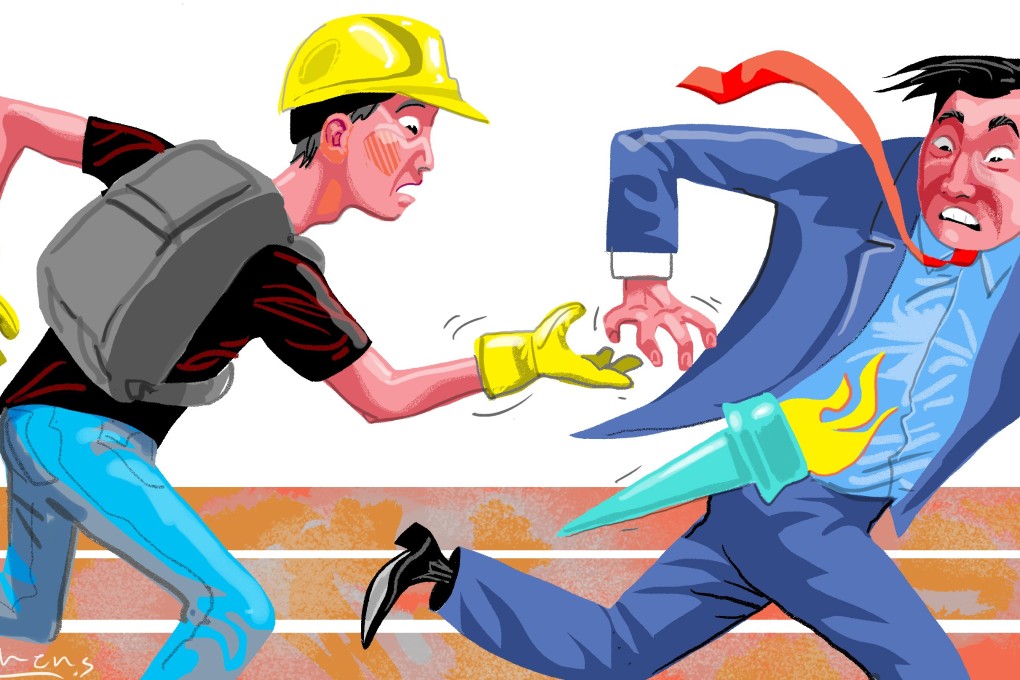Advertisement
Hong Kong’s street protests are hard work, yet taking the movement off the streets risks failure
- Hong Kong’s protesters have prevailed in the polls, in Washington and at PolyU, and now some are considering a new phase
- They should be wary, because other famous movements fizzled when they left the streets and relied on the voting booth
Reading Time:3 minutes
Why you can trust SCMP

It’s been a big few weeks for protesters in Hong Kong. The combination of a hugely successful local election result, the denouement and subsequent ending of the Hong Kong Polytechnic University siege and the enactment of the US Hong Kong Human Rights and Democracy Act represent a hat-trick of watershed events that may define this long year in Hong Kong.
While each development may seem to constitute a win, the movement needs to navigate the meaning of these moments.
Firstly, the passing of the Hong Kong Human Rights and Democracy Act provided firm evidence that the world is watching Hong Kong. Clearly, big powers like the US are prepared to balance their need for China’s trade with their concern for human rights and basic freedoms.
Advertisement
The new law, which puts extra focus on human rights and trade relations with Hong Kong, is a burr in the saddle for Chinese authorities. It intensifies trade tensions between the two countries and draws a line through history, obliging other world leaders to choose sides.
Secondly, securing control of 17 of the 18 district councils through record turnout, pan-democratic candidates confirm the broad support for autonomy in Hong Kong. That spectacular result was bolstered by the show of discipline the protesters displayed by ensuring no significant demonstrations that would have disrupted the poll took place that weekend.
Thirdly, we come to PolyU. At the time of the siege, it looked very much as if the police had what they wanted. After months of rolling, waterlike street demonstrations, they had isolated a core group in one place, shut them down and drawn in support from those outside.
Advertisement
Select Voice
Choose your listening speed
Get through articles 2x faster
1.25x
250 WPM
Slow
Average
Fast
1.25x
